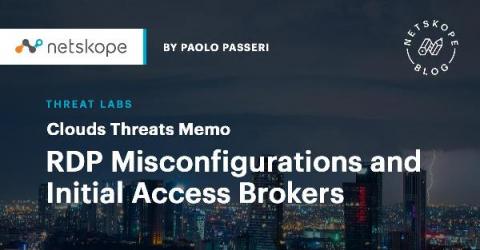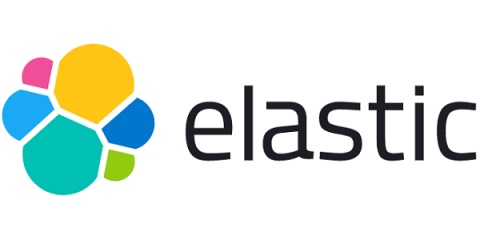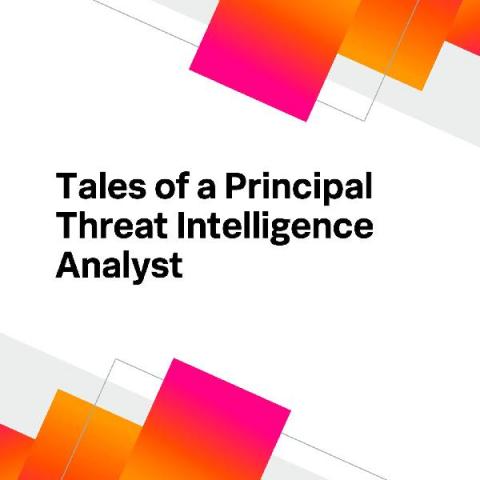Cloud Threats Memo: RDP Misconfigurations and Initial Access Brokers
A recent study by Sophos has added more fuel to the RDP fire, confirming that the exploitation of this service, when not adequately protected, remains one of the preferred techniques to compromise an organization. Not only has the exposure of RDP servers, driven by the pandemic, led to an exponential increase of brute-force attacks against this service, but it has also encouraged a flourishing market of initial access brokers.











